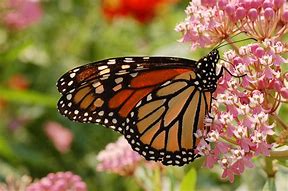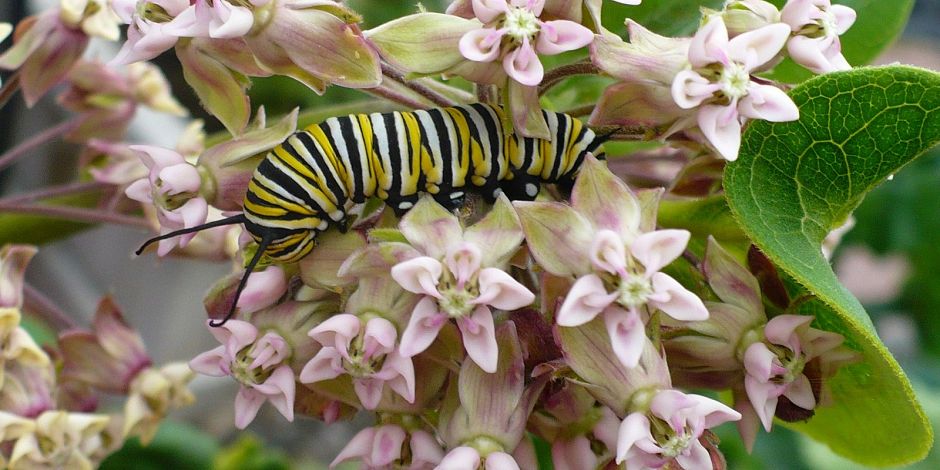
The monarch butterfly may be the most widely recognized of all American butterflies with its distinct orange, black, and white wings. Found throughout the United States, as well as Mexico and Canada, one of the most notable characteristics about the monarch is the astonishing 3,000 mile journey some will make in the fall to their wintering grounds in Mexico.
The monarch is widely distributed across North America, from Central America northwards to southern Canada, and from the Atlantic to the Pacific coasts. Three geographically distinct populations make up the total North American range of the species, one each both east and west of the Rocky Mountains, and one Central American. Each of these populations has a distinct migratory pattern. Monarchs that live west of the Rocky Mountains will migrate to southern California for winter, while monarchs that live east of the Rockies will migrate to Mexico.
Wherever there is milkweed, there will be Monarch butterflies!

Monarchs cannot survive without milkweed; their caterpillars only eat milkweed plants (Asclepias spp.), and monarch butterflies need milkweed to lay their eggs. With shifting land management practices, we have lost much milkweed from the landscape.
YOU can help create quality habitats for Monarchs in your garden!
Learn more about how to garden for Monarchs.
The following species of milkweed are well-suited for the southeastern U.S. and the Tennessee Valley:
- Asclepias incarnata (Swamp milkweed)
- Asclepias syriaca (Common milkweed)
- Asclepias tuberosa (Butterflyweed)
- Asclepias variegata (White milkweed)
- Asclepias verticillata (Whorled milkweed)
